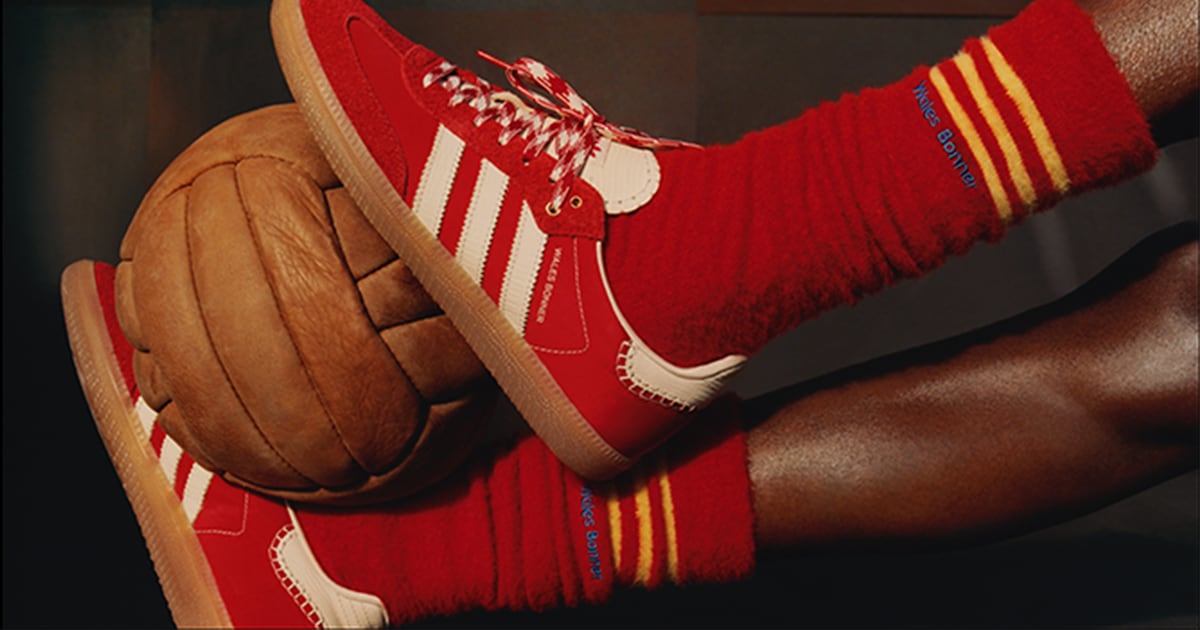Adidas AG held off from boosting its financial guidance for the year on concern over US tariffs, which will raise prices in the worldâs biggest sports market and could upend the German brandâs momentum.
Ordinarily, Adidas would have lifted its outlook for the year after generating better-than-expected first-quarter profits, it said Tuesday. But uncertainty around US President Donald Trumpâs tariffs âput a stop to this,â Adidas said.
Higher tariffs will eventually cause price increases in the US, âbut it is currently impossible to quantify these or to conclude what impact this could have on the consumer demand for our products,â Chief Executive Bjoern Gulden said in a statement.
Adidas shares were little changed in early German trading, and are down 8.2 percent this year, a better performance than rivals Nike Inc. and Puma SE.
Adidas is still benefiting from a two-year hot streak for classic sneaker models like the Samba and Gazelle, which fuelled the surprisingly robust earnings the company reported last week.
Gulden has said that buzz is helping Adidas pull in new customers for apparel and performance sports gear and take market share from industry leader Nike. The company is also trying to extend the trend into other sneaker models, including the thin-soled Tokyo and Taekwondo.
Investors are assessing whether the German brand can keep up the momentum in the face of US tariffs and growing economic uncertainty. Questions include if its wholesale partners, especially in the US, are trimming their orders at all and if the retro shoe craze is showing signs of cooling.
Adidasâs first-quarter sales exceeded analyst estimates in every market except North America, where it faced the largest impact of the phasing out of the Yeezy business from the defunct partnership with the rapper Ye, Piral Dadhania, an analyst at RBC Capital Markets, said in a note.
âAdidas is executing well in a tough consumer environment and delivering amongst the highest revenue and earnings growth across our coverage,â Dadhania said.
While Adidas doesnât ship many shoes or apparel from China to the US, itâs heavily reliant on production in countries like Vietnam and Indonesia, which received high tariffs in Trumpâs original announcement. Those levies have since been paused while the US negotiates with countries over trade.
Adidas âcurrently cannot produce almost any of our products in the US,â it said. Still, itâs trying âto assure that our US retail partners, and our US consumers will get the Adidas product they want and to the best possible price.â
In March, Adidas said it expected to generate operating profit of â¬1.7 billion ($1.94 billion) to â¬1.8 billion this year â an outlook that disappointed investors at the time. It also forecast currency-neutral sales to grow at a high-single-digit rate. The trade war has clouded the view.
âWe therefore stick to our original outlook but admit that there are uncertainties that could put negative pressure on this later in the year,â Gulden said.
By Tim Loh
Learn more:
Exclusive: Inside Adidasâ Running Strategy
The companyâs new supershoe for elite runners, the Adizero Adios Pro Evo 2, has arrived, and with a revamped running portfolio, Adidas aims to get more casual runners in its sneakers, too.

